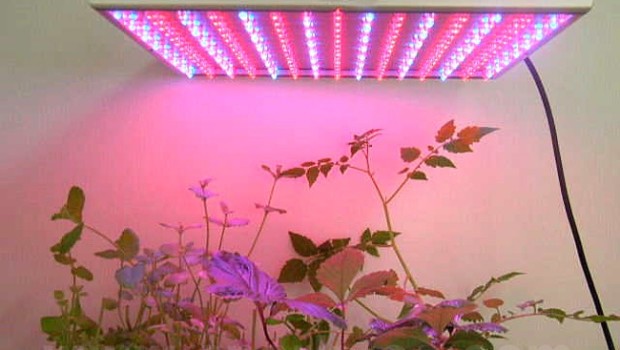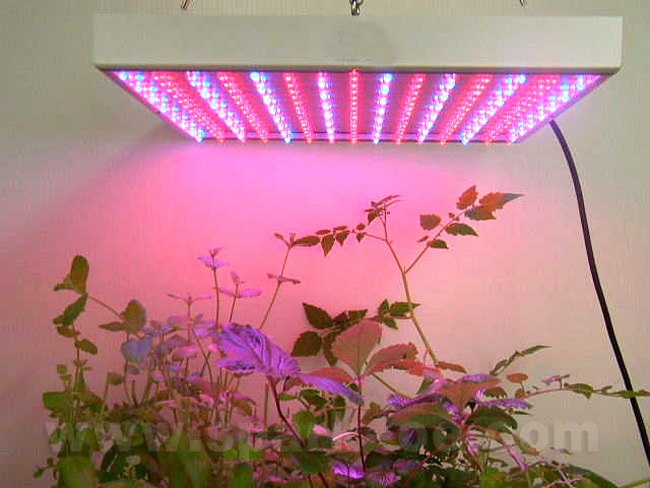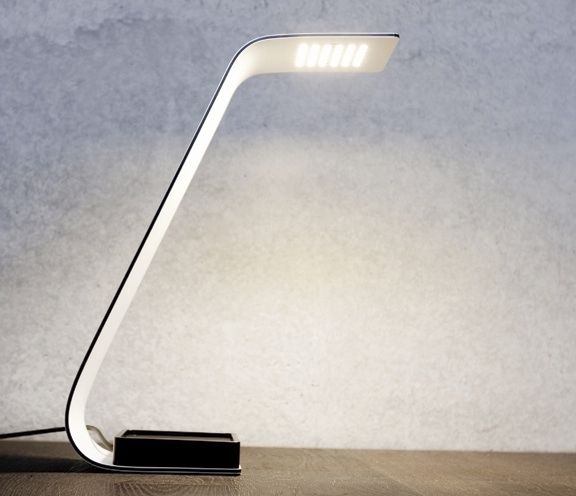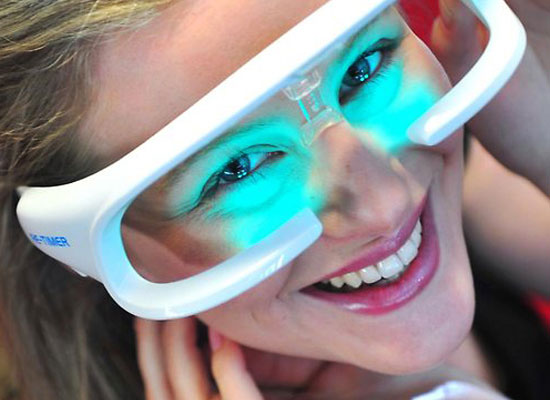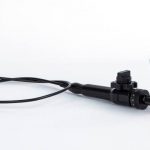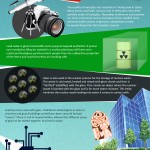The Application of LED Lighting Technology with Spectral Tuning
The coming of age of LED lighting technology and associated smart controls has opened up a world of possibilities enabled by LED light. LED lights offer greater control over the spectral wavelength emitted by the light source and some lights can be spectrally tuned. Changing the colour spectrum emitted by a light source may not sound particularly revolutionary but it does have some big implications in terms of application. So what are these areas of application?
Plant Growth
Plant growth cycles are influenced by variance in exposure to the sun both over the course of the day, and over the period of the plants growth cycle. Smart lighting controls mean that plant growth can be maximised using LED lights by varying the spectrum over the course of the day and the period of the plant life cycle. This leaves growers with the option to replicate or even improve on nature. We are already seeing this put into practice through indoor urban farming techniques. This means lighting technology may help play a significant role in sustainable food security through localised production thus reducing food miles and carbon emissions.
Education
Just like plants, humans have a ‘circadian’ rhythm that varies over the course of the day. This variety is due to non-visual responses of the eye in relation to different spectrums of light. Different spectrums of light modulate our behaviour in different ways. Adjusting light output to benefit people is often referred to as human centric lighting. Light shifted towards the blue end of the spectrum is associated with the start of the day and feelings of more alertness and wakefulness, the red end of the spectrum is associated with relaxation and winding down. There are currently field trials of lighting in education to help augment performance by using blue shifted LED lighting in educational settings. We think that whilst initial results are promising it would be good to see more replication of these results in order to optimise the correct ‘dose’ of light.
Work
As a natural extension of education it follows that the lighting industry have started to take an interest in LED lighting as a means to enhance productivity. Businesses have been interested in LED lighting for a while due to the obvious return on investment from an energy efficiency focus setup. Recently conversation has moved towards potential productivity benefits by helping our internal clock stay aligned with the tasks at hand. The best type of lighting is natural day light however where this isn’t possible, such as in deep cores or for shift workers, then blue shifted LED light may help people stay alert and productive.
Jet Lag
Following on from education work and education it’s not difficult to see that adjusting the wavelength of light based around overnight air travel could help reduce the effects of jetlag. We have already seen instances of professional sports teams testing LED light installations to help them adjust to competitions involving global travel. Soon this kind of technology could proliferate mainstream air travel and help the masses adjust when crossing time zones.
Author Bio:
Which LED light is starting an energy efficiency revolution, changing one light bulb at a time. Which LED light is the leading source of impartial reviews, consumer education, and advice for LED lighting. With literally thousands of LED products on the market varying in quality and price and new terminology the team make it simple to find the right LED light. The which LED light team also have a blog keeping the industry updated on the latest musing from a consumer facing LED technology start-up.

